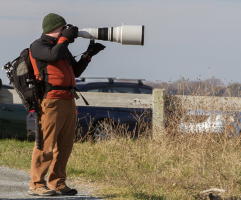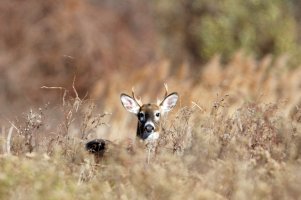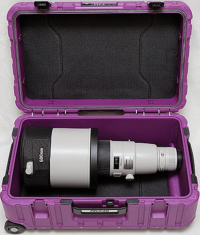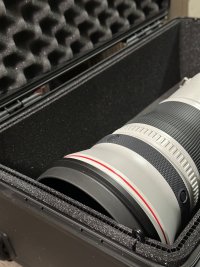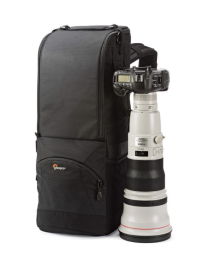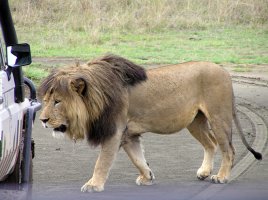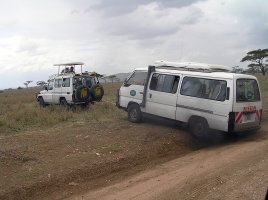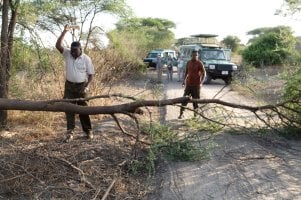How do you guys travel with the 400mm f/2.8?
At an event, I just keep it on a monopod and carry it on my shoulders, but what is the most efficient way to travel with it? Two scenarios:
I did a little bit of research (and buying and testing), and I haven't been able to come up with a good way to carry the lens.
I'm also replacing my lens foot + Really Right Stuff multipurpose rail with a Wimberley AP-601 foot so that the lens foot takes up less space, but the main concern I believe is still the diameter of the lens, which cannot be changed.
What are your solutions? If you fit the lens in a backpack or a case, could you please take a photo of your setup? I would really appreciate it.
At an event, I just keep it on a monopod and carry it on my shoulders, but what is the most efficient way to travel with it? Two scenarios:
- Driving to an event, so you can throw everything in the trunk
- Flying by myself, whether domestically or internationally, where there is a limit in the number and size of carry-on items
I did a little bit of research (and buying and testing), and I haven't been able to come up with a good way to carry the lens.
- In the original lens bag that came with the lens
- protects the lens well
- but it counts as one carry-on
- can't put anything else in it
- In a backpack:
- Fits in the Lowepro ProTactic BP 450 AW II without a lens hood
- Fits in the Peak Design Everyday Backpack 30L with a lens hood reversed
- However, it takes up a lot of backpack space in both
- In the Pelican 1535 Air with TrekPak dividers
- the lens barely fits the case with the lens hood off The case's height doesn't allow for the diameter of the lens, let alone the lens hood.
- Even if I squeeze it in with the lens hood detached, the lens takes up a lot of space in the case.
- This case is also the largest carry-on possible.
I'm also replacing my lens foot + Really Right Stuff multipurpose rail with a Wimberley AP-601 foot so that the lens foot takes up less space, but the main concern I believe is still the diameter of the lens, which cannot be changed.
What are your solutions? If you fit the lens in a backpack or a case, could you please take a photo of your setup? I would really appreciate it.

